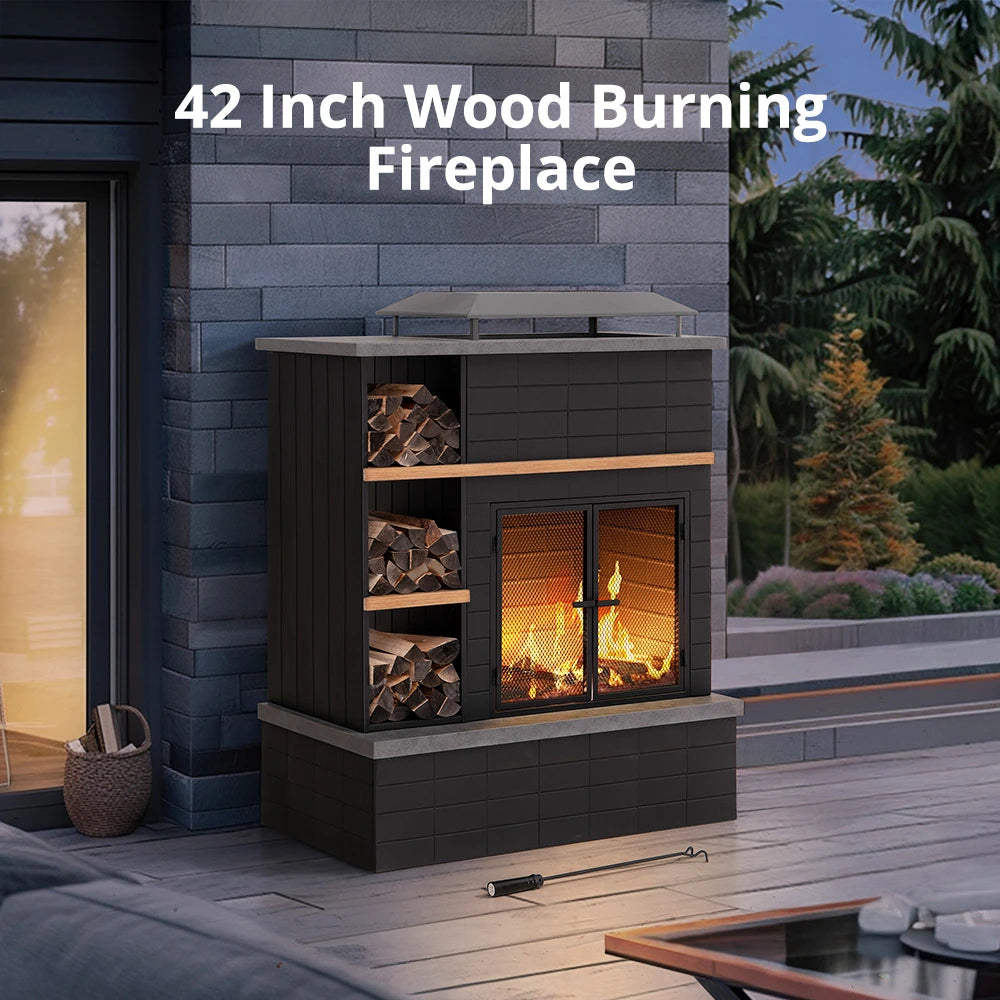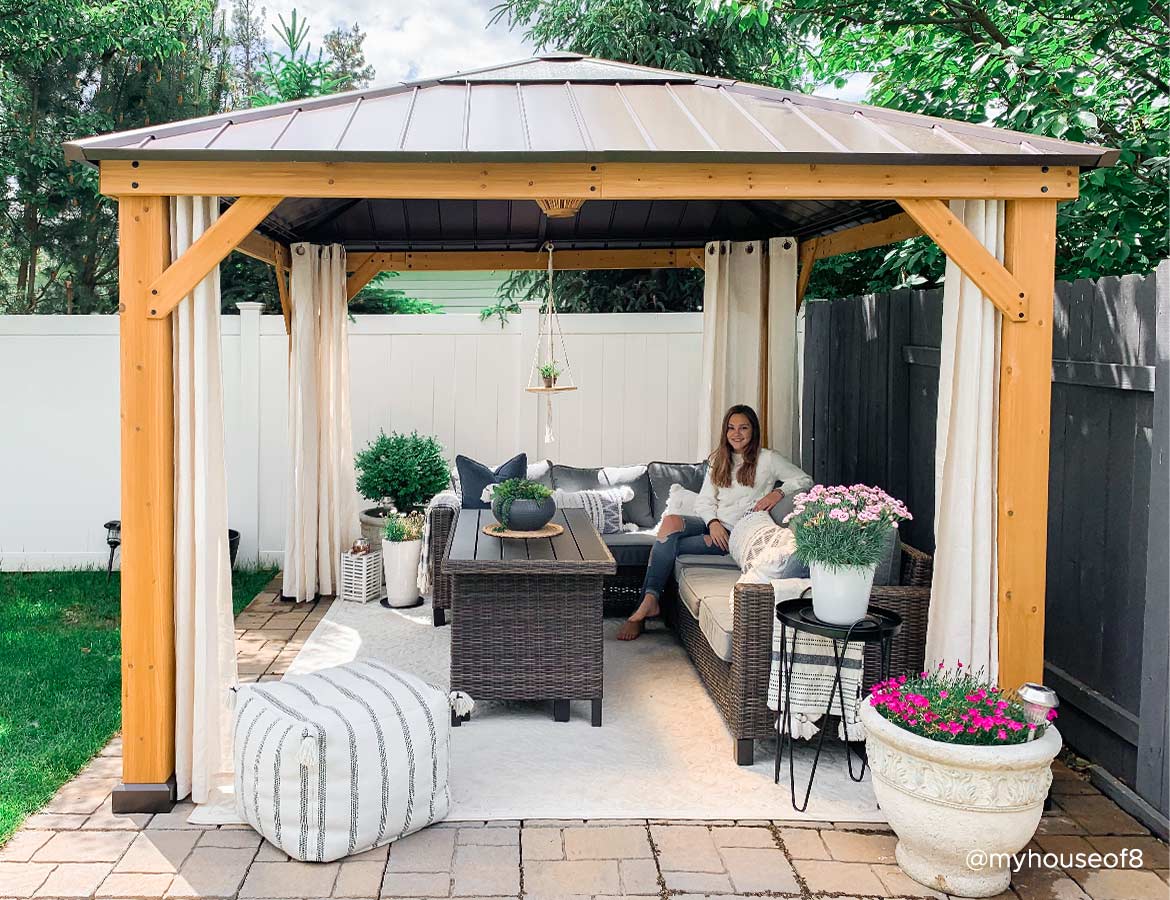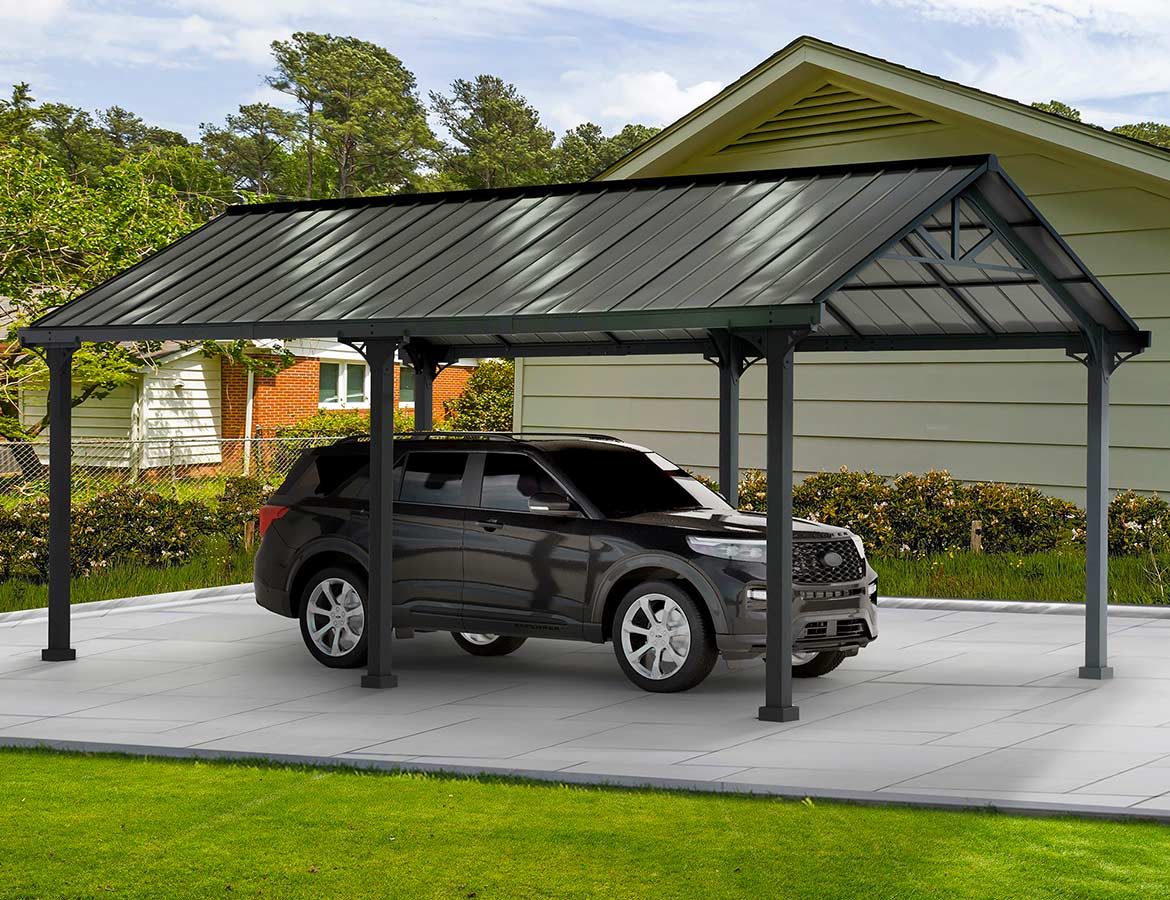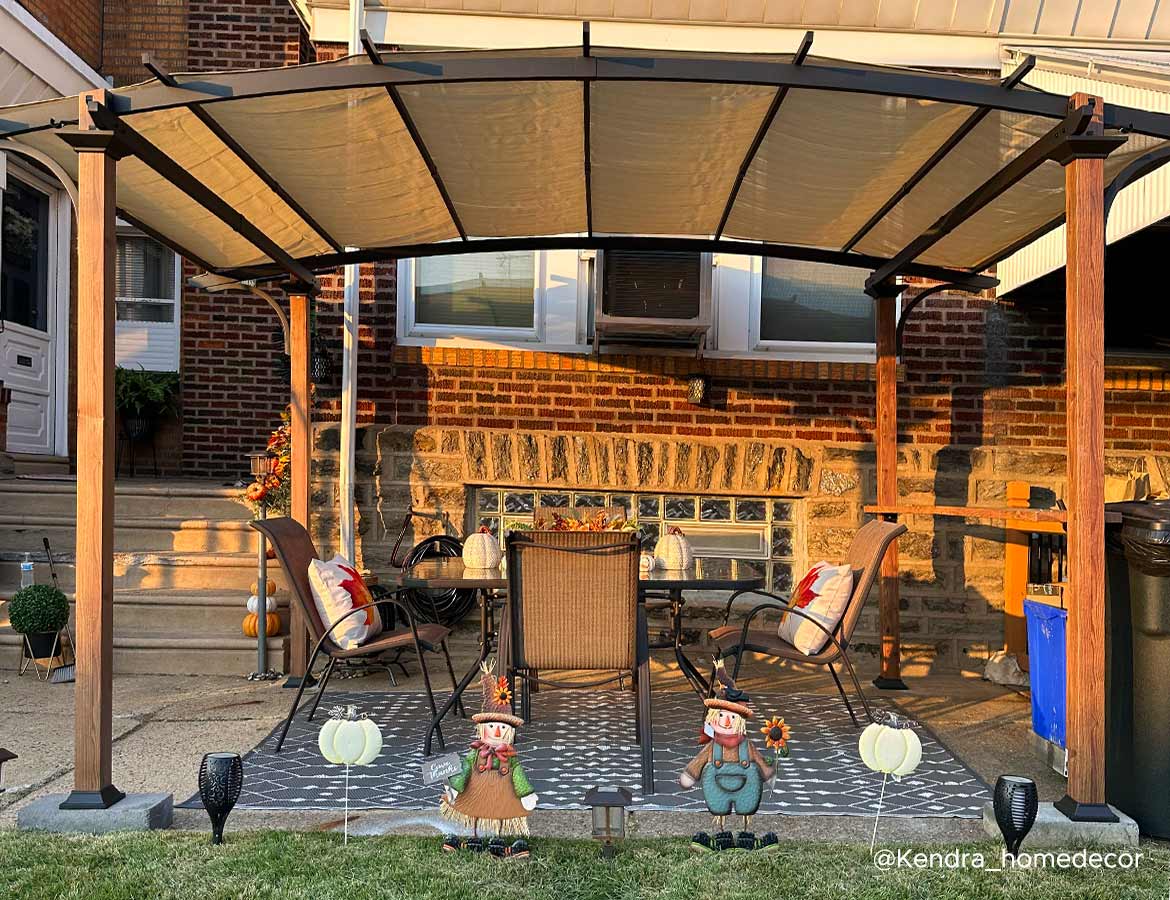Introduction
A gazebo is a stunning addition to any backyard, offering a shaded, comfortable outdoor space. But before setting one up, a common question arises: "Does a gazebo need a foundation, or can it be placed directly on the grass?"
The answer depends on several key factors:
Size and weight of the gazebo
Local weather conditions (wind, rain, snow)
Soil type and drainage capability
Whether the gazebo is temporary or permanent
This guide covers:
- Why a gazebo foundation is important
- When a gazebo can sit on grass
- The best foundation ideas for gazebos
- Step-by-step instructions for building a base
- Maintenance tips for long-term stability
By the end, you’ll have a clear understanding of which foundation type best fits your needs.
Why a Gazebo Foundation Matters
Skipping a foundation can lead to serious structural issues over time. Common risks include:
Sinking or tilting on soft or uneven ground
Wood rot or warping due to prolonged exposure to moisture
Instability during storms or high winds
Benefits of a Proper Gazebo Foundation
Prevents Movement: Keeps the structure anchored and stable
Improves Drainage: Helps avoid water pooling and reduces rot risk
Extends Lifespan: Protects materials from ground moisture and pests
Boosts Safety: Minimizes the risk of tipping or collapse in bad weather
Bottom Line: Lightweight, temporary gazebos may be fine on grass, but permanent installations must have a proper foundation for long-term durability and safety.
When Can a Gazebo Sit Directly on Grass?
A gazebo can be placed on grass only if:
It’s a lightweight, temporary pop-up gazebo used for short-term events
The ground is firm, level, and drains well
The gazebo is anchored or weighted to resist wind uplift
Risks of Grass Placement
Uneven settling: Soft soil may cause the gazebo to sink or lean
Rot and mold: Grass holds moisture, which damages wood frames
Wind damage: A non-anchored gazebo is vulnerable to tipping or being blown away
Temporary Fix:
If placing on grass is unavoidable, place concrete pavers or blocks under each leg to distribute weight and add stability.
Best Gazebo Foundation Ideas for Long-Term Stability
Choosing the right foundation depends on your climate, gazebo type, budget, and whether it's a temporary or permanent setup. Here are the best options:
1. Concrete Slab (Most Durable Option)
Best for: Large, permanent, heavy gazebos
Pros: Unmatched stability, low maintenance, long lifespan
Cons: Higher cost, professional installation often needed
Installation Tips:
Pour a minimum 4-inch slab with metal reinforcement (rebar or mesh)
Slope the surface slightly to allow water runoff
Let it cure for at least 7 days before building the gazebo
2. Gravel or Crushed Stone Base (Affordable DIY Option)
Best for: Metal or wood gazebos in well-drained areas
Pros: Excellent drainage, low cost, easier installation
Cons: Can shift over time; requires occasional leveling
How to Build It:
Mark the perimeter and remove topsoil
Dig a 4-6 inch deep pit
Lay down landscape fabric to prevent weed growth
Fill with ¾-inch crushed stone and compact it with a tamper
3. Deck Blocks or Pavers (Simple & Flexible)
Best for: Small to medium-sized gazebos
Pros: No need for concrete, can be repositioned if needed
Cons: Less wind resistance compared to concrete
Installation Steps:
Place concrete deck blocks or pavers at each leg
Ensure all blocks are level and placed on stable ground
Anchor the gazebo for extra support, especially in windy areas
4. Wooden Deck Foundation (Aesthetic & Multi-functional)
Best for: Backyard gazebos with integrated seating or flooring
Pros: Adds outdoor living space, visually attractive
Cons: Requires routine sealing and maintenance
Construction Tips:
Use pressure-treated wood to resist decay
Slightly elevate the deck for airflow underneath
Secure the gazebo using lag bolts, anchors, or metal brackets
How to Build a Gazebo Foundation: Step-by-Step Guide
Step 1: Choose the Right Location
Avoid areas that collect water
Use a leveling tool to ensure the site is even
Step 2: Prepare the Ground
Remove grass, roots, and rocks
Compact the soil with a tamper or plate compactor
Step 3: Install the Foundation
Follow specific instructions based on your chosen foundation type:
Concrete for durability
Gravel for drainage
Pavers for simplicity
Wooden deck for visual appeal
Step 4: Secure the Gazebo
Use anchor kits or lag bolts for safety
Check stability periodically, especially after storms
Maintenance Tips for a Stable, Long-Lasting Gazebo
Inspect annually for signs of wear: cracks, rot, or shifting
Re-level gravel or paver bases as needed
Seal wood every 2–3 years to prevent moisture damage
Tighten bolts and anchors regularly to ensure structural integrity
Final Answer: Does a Gazebo Need a Foundation?
Yes, permanent gazebos need a solid foundation for safety, longevity, and performance. While temporary gazebos can sit on grass with proper support, concrete slabs, gravel bases, pavers, and wooden decks are the most reliable solutions for permanent setups.
For maximum durability: Go with a concrete slab
For budget-conscious DIYers: Gravel or pavers are solid alternatives
For style and utility: A raised wooden deck adds charm and function
Choose the right base, and your gazebo will remain sturdy, secure, and stunning for years to come.






Leave a comment
All comments are moderated before being published.
This site is protected by hCaptcha and the hCaptcha Privacy Policy and Terms of Service apply.